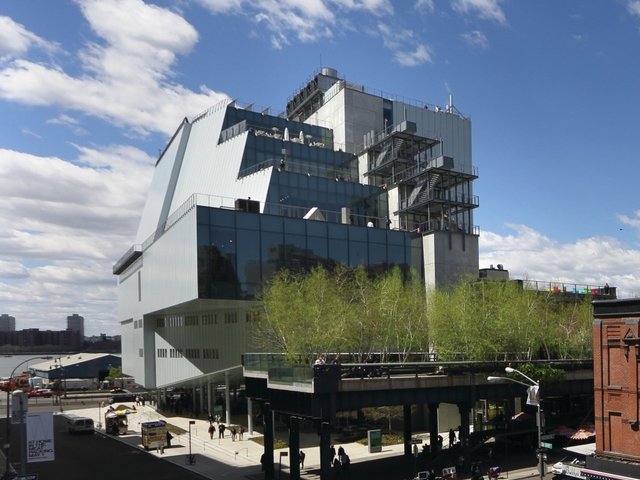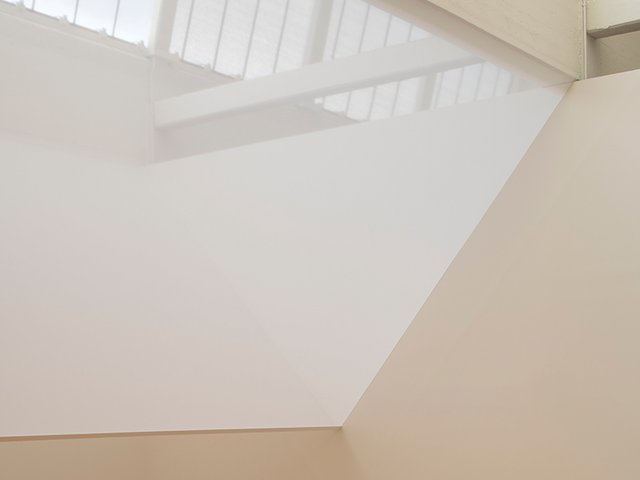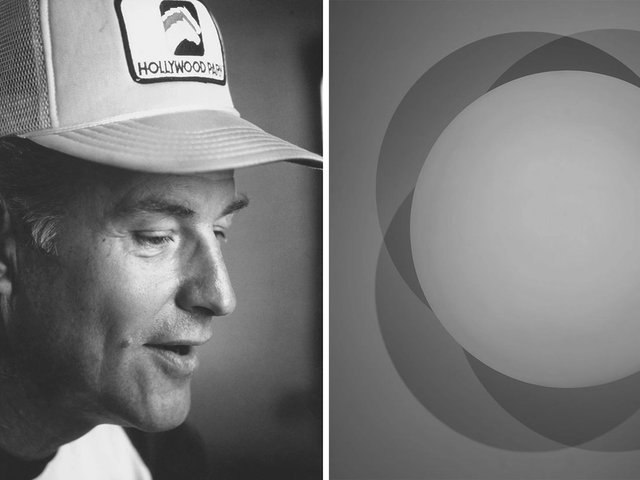Robert Irwin will create a huge new work for the galleries of the Hirshhorn Museum in Washington, DC, next spring. The octogenarian artist will produce the site-specific immersive installation using his signature materials—scrim and natural light.
Responding to the Hirshhorn’s unconventional architecture—it is a cylindrical building—Irwin will stretch more than 100ft of scrim from floor to ceiling in a gallery space that measures around 4,000 sq ft.
The installation will form part of Robert Irwin: All the Rules Will Change, an exhibition focusing on the works the artist created between 1958 and 1970 (7 April – 5 September 2016). In this period, Irwin moved from making smaller, abstract paintings to creating larger acrylic discs and columns, before quitting his studio practice to make ephemeral installations.
“The 1960s is a crucial decade in the history of contemporary art, and Irwin’s investigations into the ways our perceptual processes are shaped and framed were at the forefront of the developments unfolding then,” says Evelyn Hankins, the Hirshhorn curator who is organising the show.
“The historical portion of the exhibition includes many rarely seen works that, because of their extremely subtle nature, demand in-person viewing,” she says. “Irwin’s art becomes fully present only when you are standing in the physical space, experiencing it over an extended period of time.”
Irwin has been receiving well-deserved attention of late. The Hirshhorn show builds on the success of Excursus: Homage to the Square³, an installation described by the New York Times critic Ken Johnson as “potentially soul-enhancing” when it was unveiled at Dia: Beacon this summer. Irwin re-conceived the work—which was originally presented at the Dia Center for the Arts in Chelsea between 1998 and 2000—for the Beacon galleries, for which he had previously designed the master plan. It is on show until May 2017.




